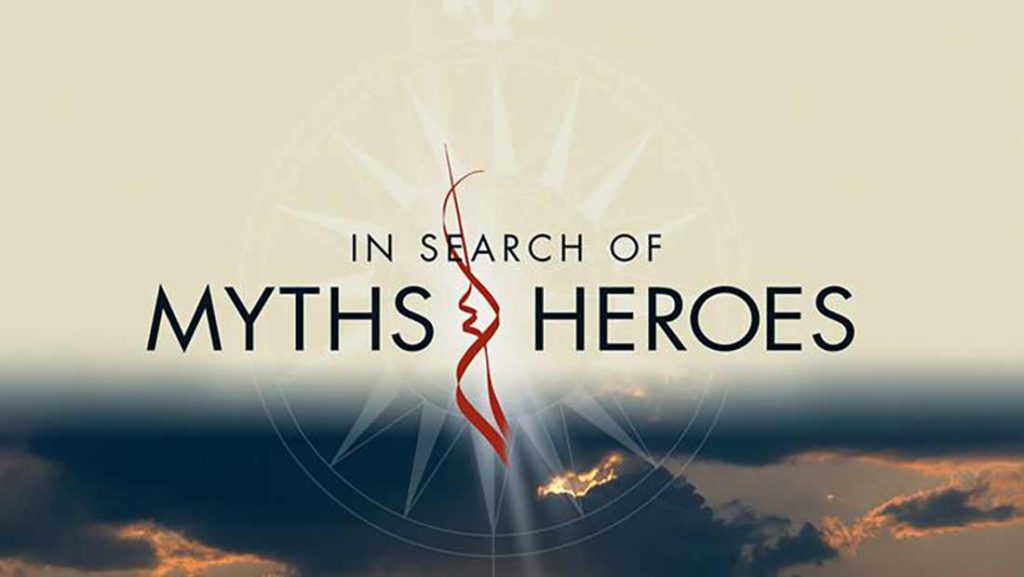In Search of Myths and Heroes episode 3 – Jason and the Golden Fleece: Documentary series in which historian Michael Wood goes in search of the world’s greatest myths. He looks at the Greek myth of Jason’s mission to sail into the unknown and bring back the Golden Fleece, travelling from Greece to the wild mountains of the Caucasus to find the truth behind the legend.
Documentary series in which historian Michael Wood goes in search of the world’s greatest myths.
In Search of Myths and Heroes episode 3 – Jason and the Golden Fleece
In Greek mythology, the Golden Fleece is the fleece of the golden-woolled, winged ram, Chrysomallos, which was held in Colchis. The fleece is a symbol of authority and kingship.
It figures in the tale of the hero Jason and his crew of Argonauts, who set out on a quest for the fleece by order of King Pelias, in order to place Jason rightfully on the throne of Iolcus in Thessaly. Through the help of Medea, they acquire the Golden Fleece. The story is of great antiquity and was current in the time of Homer (eighth century BC). It survives in various forms, among which the details vary.
Nowadays, The heraldic variations of Golden Fleece is featured frequently in the Republic of Georgia, especially for Coats of Arms and Flags associated with Western Georgian (Historical Colchis) municipalities and cities, including the Coats of Arms of City of Kutaisi, ancient capital city of Colchis.
Interpretations
The very early origin of the myth in preliterate times means that during the more than a millennium when it was to some degree part of the fabric of culture, its perceived significance likely passed through numerous developments.
Several euhemeristic attempts to interpret the Golden Fleece “realistically” as reflecting some physical cultural object or alleged historical practice have been made. For example, in the 20th century, some scholars suggested that the story of the Golden Fleece signified the bringing of sheep husbandry to Greece from the east; in other readings, scholars theorized it referred to golden grain, or to the sun.
A more widespread interpretation relates the myth of the fleece to a method of washing gold from streams, which was well attested (but only from c. 5th century BC) in the region of Georgia to the east of the Black Sea. Sheep fleeces, sometimes stretched over a wooden frame, would be submerged in the stream, and gold flecks borne down from upstream placer deposits would collect in them. The fleeces would be hung in trees to dry before the gold was shaken or combed out. Alternatively, the fleeces would be used on washing tables in alluvial mining of gold or on washing tables at deep gold mines. Judging by the very early gold objects from a range of cultures, washing for gold is a very old human activity.




